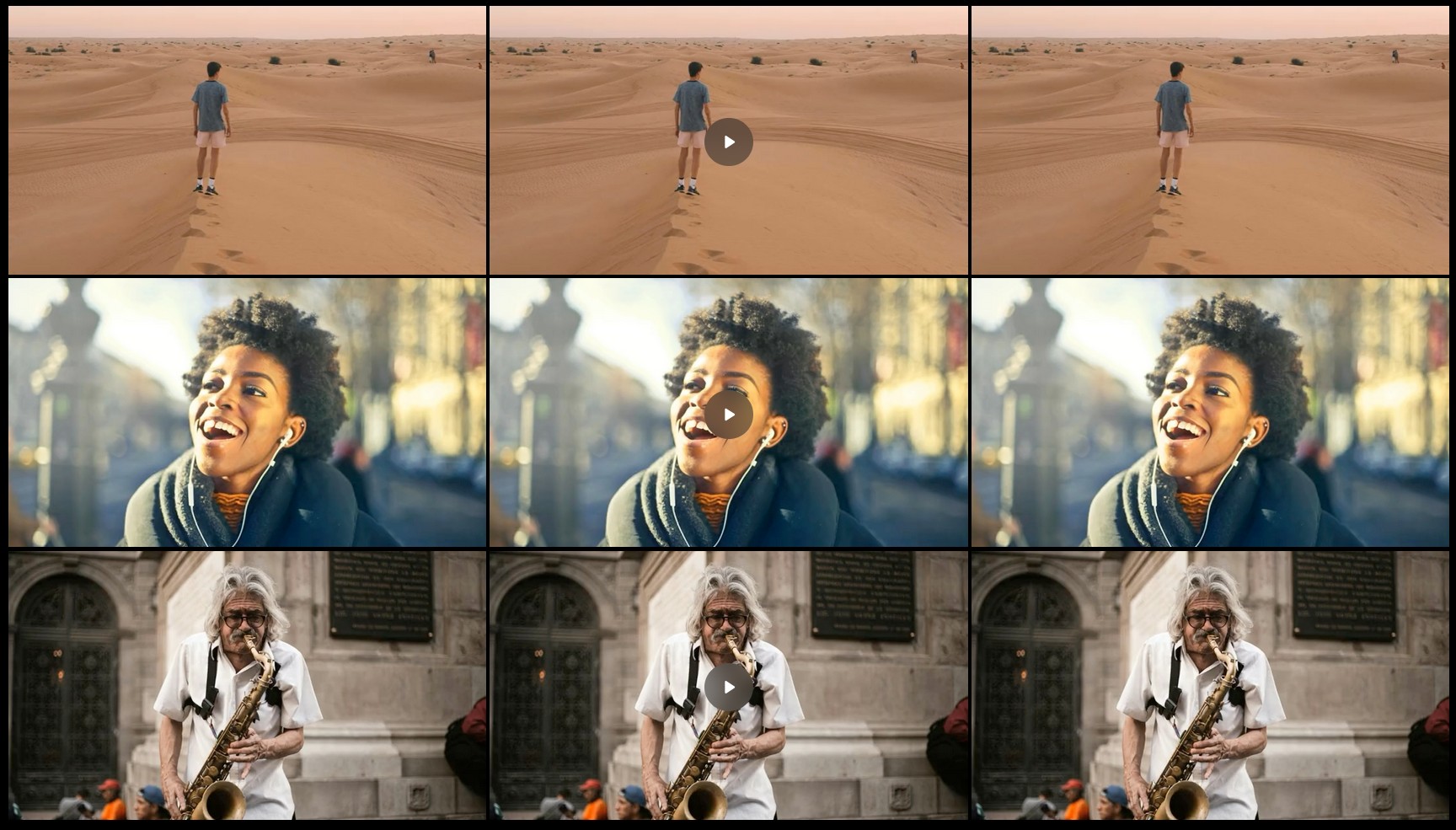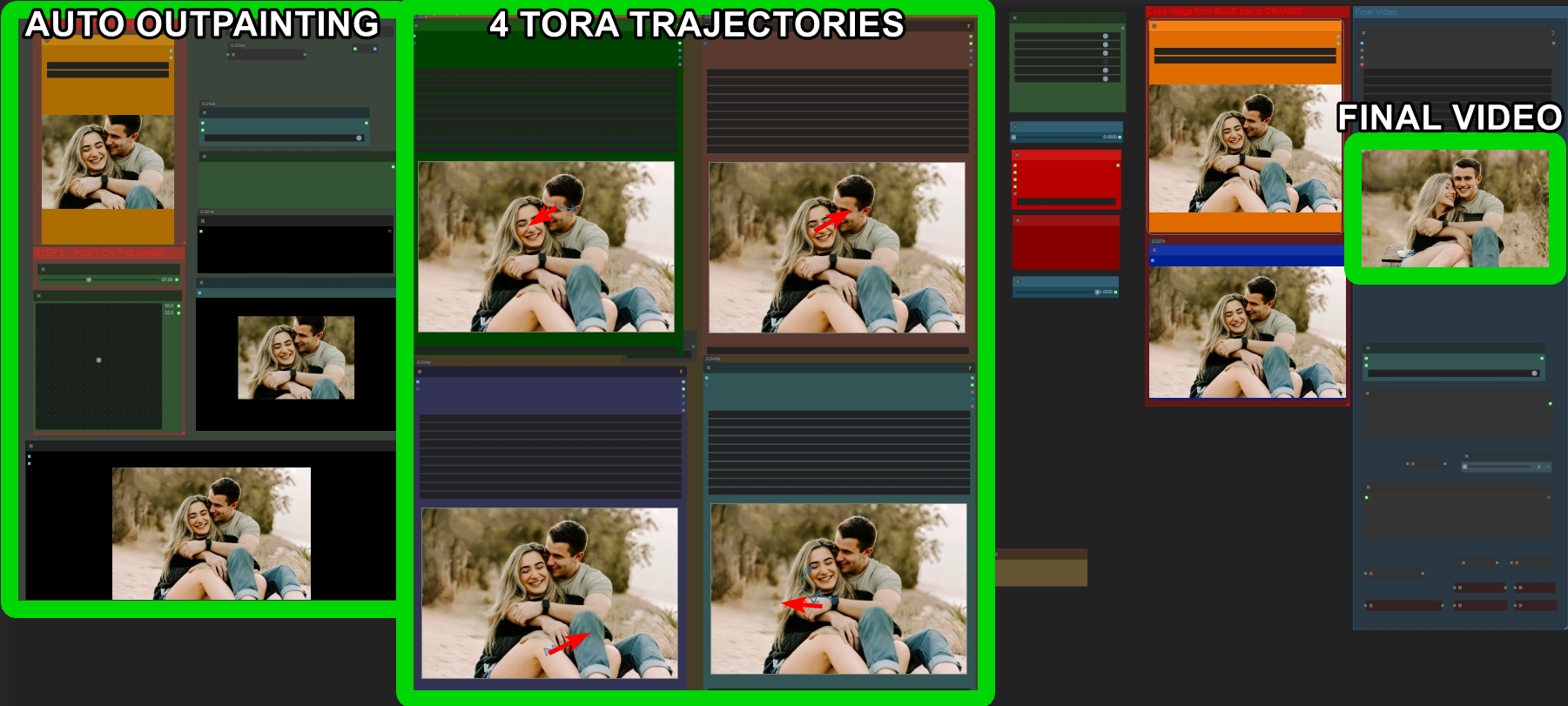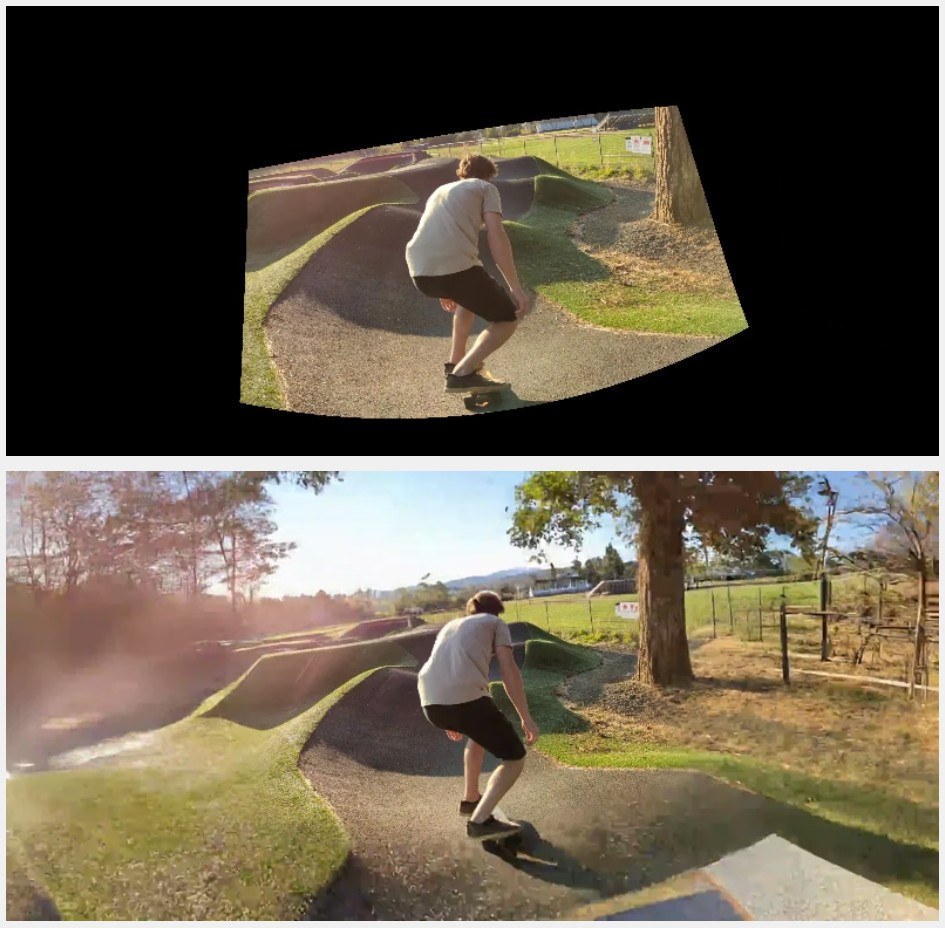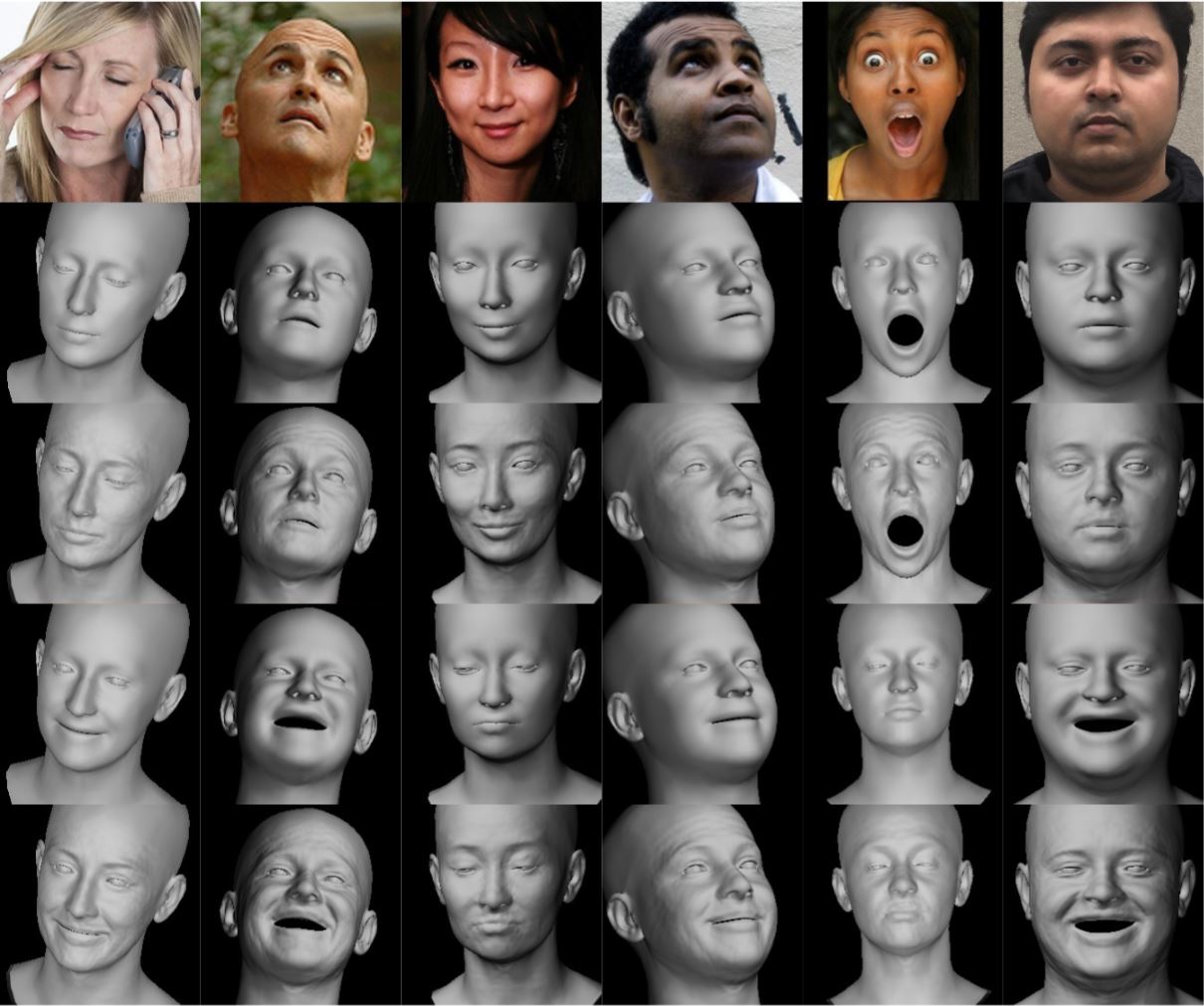BREAKING NEWS
LATEST POSTS
-
-
memerwala_londa – Ghibli like Midjourney and Kling video
https://www.reddit.com/r/midjourney/comments/1lbblfq/ghibli_style_game_guide_included/
Made everything on Edits App
Image Generation on Midjourney
Video Generation on Kling 2.1I used Joystick png to add buttons,then some asmr video sounds to make it look more lively,I used text as Buttons,
Prompts:
All Prompts are in order just like in video
First-person POV video game screenshot, playing as a young anime protagonist in a slightly oversized white t-shirt and knee-length blue shorts. Visible hands pushing open a sun-faded wooden door, forearms resting on the frame. In a dusty hallway mirror reflection: character’s soft Ghibli-style face with windblown hair. Inside a cozy coastal cottage: slanted sunlight through lace curtains, pastel walls with watercolor seascapes, overstuffed bookshelf spilling seashells. Foreground: ‘E: Rest’ prompt over a quilted sofa. Background: steaming teacup on a driftwood table, open window revealing distant lighthouse and Miyazaki fluffy clouds. Soft painterly textures, slight fisheye lens, identical HUD (minimap corner, health bar)
First-person POV video game screenshot, playing as a young anime protagonist in a slightly oversized white t-shirt and knee-length blue shorts. View includes visible hands gripping a steering wheel, sunlit arms resting on car door, and rearview mirror showing character’s soft Ghibli-style face with windblown hair. Driving through a vibrant coastal town: cobblestone streets, pastel houses with flower boxes, distant lighthouse. Soft painterly textures, Miyazaki skies with fluffy clouds, slight fisheye lens effect, HUD elements (minimap corner, health bar).
First-person POV video game screenshot, playing as a young protagonist in a loose white t-shirt and faded denim shorts. Visible arms holding a woven basket, sneakers stepping on rain-damp cobblestones. Walking through a chaotic Ghibli street market: cramped stalls selling glowing mushrooms, floating lanterns, and spiral-cut fruits. Fishmonger shouts while soot sprites dart between crates. Foreground: vendor handing you a peach (interactive ‘E’ prompt). Background: yakuza thugs lurking near a steaming noodle cart. Soft painterly lighting, depth of field, subtle HUD (minimap corner, health bar). Studio Ghibli meets Grand Theft Auto
First-person POV video game screenshot, playing as a young anime protagonist in a slightly oversized white t-shirt (salt-stained sleeves) and knee-length blue shorts, visible hands gripping a bamboo fishing rod. Kneeling on a mossy dock pier at sunset, arms resting on knees. Foreground: ‘E: Reel In’ prompt as line pulls taut. Background: pastel fishing boats, distant lighthouse under Miyazaki’s fluffy clouds. Glowing koi fish breaching turquoise water, soot sprites stealing bait from a tin. Identical soft painterly textures, fisheye lens effect, HUD (minimap corner, health bar).
Video Prompts :
All Prompts are in order just like in video
The black-haired boy strides from the rustic house toward the ocean, the camera tracking his movement in a GTA-style third-person perspective as coastal winds flutter white curtains and sunlight glimmers on distant sailboats, blending warm interior details with expanding seaside horizons under a tranquil sky.
The brown-haired boy drives a vintage blue convertible along the coastal cobblestone street, colorful flower-adorned buildings passing by as the camera follows the car’s journey toward the sunlit ocean horizon, sea breeze gently tousling his hair under a serene sky.
The young boy navigates the bustling cobblestone market, basket of oranges in arm, as vibrant stalls and fluttering awnings frame his journey, the camera tracking his focused stride through chattering crowds under swaying traditional lanterns.
A school of fish swims gracefully through crystal-clear water, sunlight filtering through the surface, coral reefs swaying gently, creating a serene underwater scene with the camera stationary.
-
Free or Open Source VFX Asset Management Systems
There are several free or open-source VFX asset management systems available that can be used in production environments. These tools vary in scope—from lightweight tools to full-fledged pipeline frameworks. Below is a breakdown of the most notable ones and what makes them stand out.

1. Free & Open-Source VFX Asset Management Systems
1.1 OpenPype (formerly Pype)
License: Open source (Apache 2.0)
– Asset management and project structure setup
– Integrates with Maya, Houdini, Nuke, Blender, and others
– Includes publishing, versioning, and task tracking
– Web interface (OpenPype Studio) for overview and managementStrengths: Actively developed, modular and extendable, production-proven in real studios
URL: https://openpype.io/
1.2 Kitsu
License: GNU GPL v3
– Production tracking, shot management
– Web-based interface with intuitive UX
– Built-in review and feedback system
– API for integration into pipelinesStrengths: Great for team collaboration, focuses on communication between departments
URL: https://www.cg-wire.com/kitsu
https://github.com/cgwire/kitsu
1.3 ftrack Community Edition
License: Proprietary (older versions may be available for small studios/educational users)
– Project management, review, and pipeline integration
– Strength: Industry-proven
Note: Current versions are commercial; older community editions may still be used.
1.4 Tactic
License: Open source (EPL 1.0)
– General-purpose asset and workflow management
– Web-based, highly configurableStrengths: Adaptable to VFX pipelines, powerful templating/scripting
Drawbacks: Steep learning curve, not VFX-specific out of the box
URL: https://www.southpawtech.com/
2. Most Powerful Open Source Option
Best Overall: OpenPype
Why:
– Specifically built for VFX and animation pipelines
– Extensively integrates with key DCCs
– Actively maintained with a large community
– Includes both asset and task management
– Works out-of-the-box but is customizable -
Tencent Hunyuan3D 2.1 goes Open Source and adds MV (Multi-view) and MV Mini
https://huggingface.co/tencent/Hunyuan3D-2mv
https://huggingface.co/tencent/Hunyuan3D-2mini
https://github.com/Tencent/Hunyuan3D-2
Tencent just made Hunyuan3D 2.1 open-source.
This is the first fully open-source, production-ready PBR 3D generative model with cinema-grade quality.
https://github.com/Tencent-Hunyuan/Hunyuan3D-2.1
What makes it special?
• Advanced PBR material synthesis brings realistic materials like leather, bronze, and more to life with stunning light interactions.
• Complete access to model weights, training/inference code, data pipelines.
• Optimized to run on accessible hardware.
• Built for real-world applications with professional-grade output quality.
They’re making it accessible to everyone:
• Complete open-source ecosystem with full documentation.
• Ready-to-use model weights and training infrastructure.
• Live demo available for instant testing.
• Comprehensive GitHub repository with implementation details.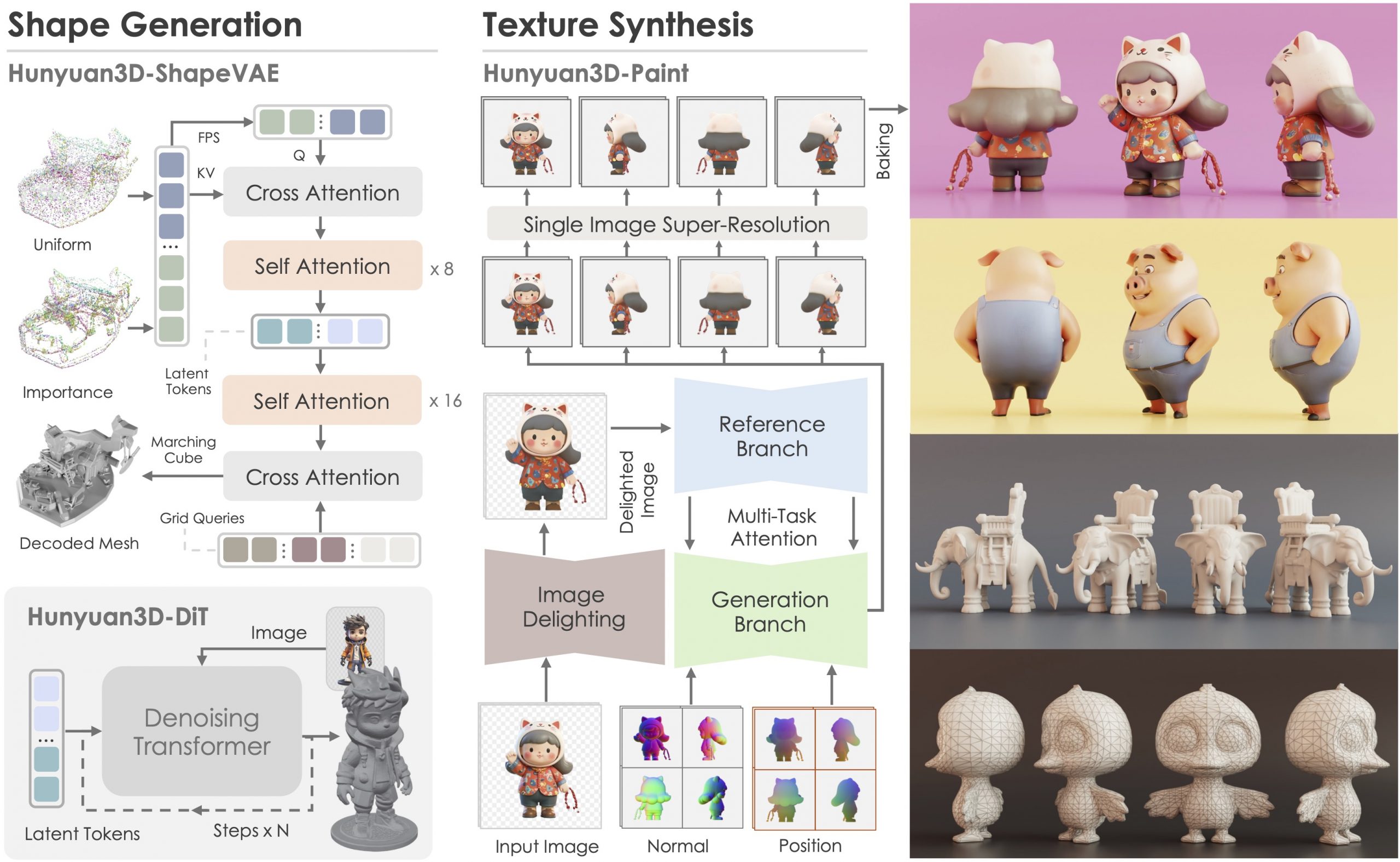
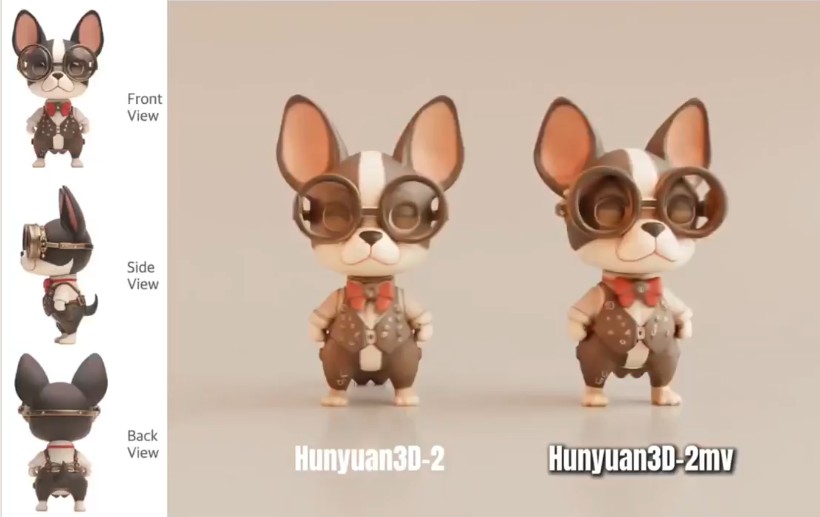
-
Lovis Odin ComfyUI-8iPlayer – Seamlessly integrate 8i volumetric videos into your AI workflows
Load holograms, animate cameras, capture frames, and feed them to your favorite AI models. Developed by Lovis Odin for Kartel.ai
You can obtain the MPD URL directly from the official 8i Web Player.https://github.com/Kartel-ai/ComfyUI-8iPlayer/
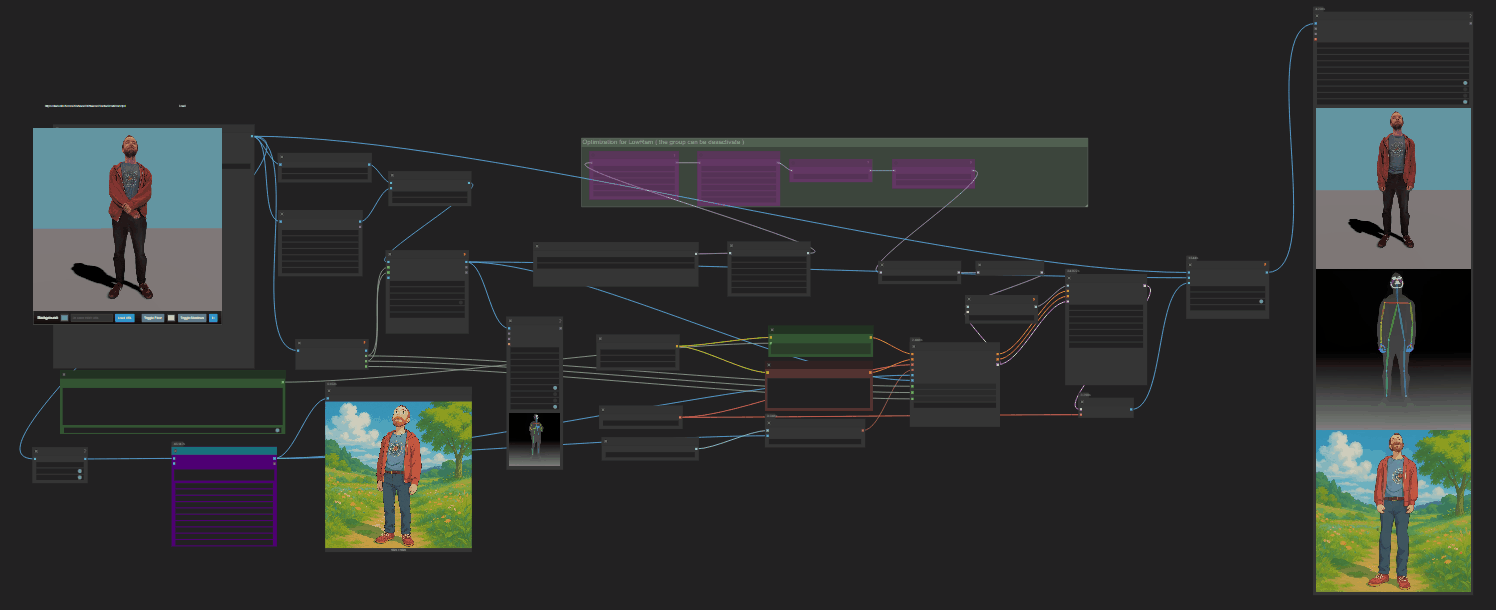
-
Thomas Müller nv-tlabs GEN3C – 3D-Informed World-Consistent Video Generation with Precise Camera Control
https://github.com/nv-tlabs/GEN3C
Load a picture, define a camera path in 3D, and then render a photoreal video.

FEATURED POSTS
-
Ross Pettit on The Agile Manager – How tech firms went for prioritizing cash flow instead of talent (and artists)
For years, tech firms were fighting a war for talent. Now they are waging war on talent.
This shift has led to a weakening of the social contract between employees and employers, with culture and employee values being sidelined in favor of financial discipline and free cash flow.
The operating environment has changed from a high tolerance for failure (where cheap capital and willing spenders accepted slipped dates and feature lag) to a very low – if not zero – tolerance for failure (fiscal discipline is in vogue again).
While preventing and containing mistakes staves off shocks to the income statement, it doesn’t fundamentally reduce costs. Years of payroll bloat – aggressive hiring, aggressive comp packages to attract and retain people – make labor the biggest cost in tech.
…Of course, companies can reduce their labor force through natural attrition. Other labor policy changes – return to office mandates, contraction of fringe benefits, reduction of job promotions, suspension of bonuses and comp freezes – encourage more people to exit voluntarily. It’s cheaper to let somebody self-select out than it is to lay them off.
…Employees recruited in more recent years from outside the ranks of tech were given the expectation that we’ll teach you what you need to know, we want you to join because we value what you bring to the table. That is no longer applicable. Runway for individual growth is very short in zero-tolerance-for-failure operating conditions. Job preservation, at least in the short term for this cohort, comes from completing corporate training and acquiring professional certifications. Training through community or experience is not in the cards.
…The ability to perform competently in multiple roles, the extra-curriculars, the self-directed enrichment, the ex-company leadership – all these things make no matter. The calculus is what you got paid versus how you performed on objective criteria relative to your cohort. Nothing more.
…Here is where the change in the social contract is perhaps the most blatant. In the “destination employer” years, the employee invested in the community and its values, and the employer rewarded the loyalty of its employees through things like runway for growth (stretch roles and sponsored work innovation) and tolerance for error (valuing demonstrable learning over perfection in execution). No longer.
…http://www.rosspettit.com/2024/08/for-years-tech-was-fighting-war-for.html

-
GretagMacbeth Color Checker Numeric Values and Middle Gray
The human eye perceives half scene brightness not as the linear 50% of the present energy (linear nature values) but as 18% of the overall brightness. We are biased to perceive more information in the dark and contrast areas. A Macbeth chart helps with calibrating back into a photographic capture into this “human perspective” of the world.
https://en.wikipedia.org/wiki/Middle_gray
In photography, painting, and other visual arts, middle gray or middle grey is a tone that is perceptually about halfway between black and white on a lightness scale in photography and printing, it is typically defined as 18% reflectance in visible light

Light meters, cameras, and pictures are often calibrated using an 18% gray card[4][5][6] or a color reference card such as a ColorChecker. On the assumption that 18% is similar to the average reflectance of a scene, a grey card can be used to estimate the required exposure of the film.
https://en.wikipedia.org/wiki/ColorChecker
(more…)





